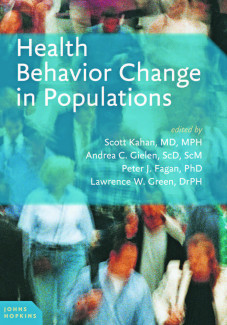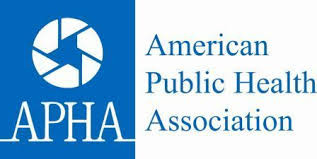
Johns Hopkins UniversityEst. 1876
America’s First Research University
Now Browsing:
The dramatic impact of health behavior change
Guest post by Lawrence W. Green

This was a year when Ebola and its one death in the United States has produced an American public riveted by the drama of tracing the infected and their contacts and frightened by the prospect, albeit remote, of the virus reaching them. Apart from the millions of dollars spent to contain the spread, protect the few dozen people potentially exposed, and treat the five who had contracted the infection, a relieved and grateful public was distracted from concern for chronic diseases, violent and unintentional injuries, obesity, tobacco, alcohol, and drugs that kill hundreds of thousands of Americans and millions of people internationally.
All of these latter killers are ones for which people can exert a considerable degree of prevention and control in their own lives and environments. Much progress in doing so has been shown by surveys of behavior and surveillance of the risk factors that altering behavior has reduced. Tobacco consumption, for example, rose steeply during the first two-thirds of the century, contributing to the rise of tobacco-related chronic diseases (such as heart disease and cancer) overtaking infectious diseases as the leading causes of death in the United States. Then, in the last third of the century, tobacco consumption was reduced by more than 50%, and rates of heart disease and stroke deaths declined similarly. As another example, although the number of miles traveled has multiplied 10 times—one thousand percent— since the 1920s, the annual death rate from automobile crashes has decreased 90%, thanks largely to a combination of educational, engineering, and policy interventions designed to influence behavior and to protect people from behavioral errors.
These examples, and numerous others, of successes in affecting the health behavior of whole populations are examined and lessons drawn from them for the next generation of public health professionals in a textbook, Health Behavior Change in Populations, just released by Johns Hopkins University Press. It was my privilege to join three co-editors—Scott Kahan, Andrea C. Gielen, and Peter J. Fagan, all faculty members at the Johns Hopkins University, in selecting a nationally distinguished group of authors and weaving their work into a cohesive set of chapters on the wide range of public health problems for which population behavior change has been or needs to be affected.
The book will be on display at the Johns Hopkins University Press booth at the American Public Health Association annual meeting this weekend. Some of us will be there to help with questions that potential adopters of the text for their courses in schools of public health and other health professional degree programs might have.
Lawrence W. Green, DrPH, is a professor of epidemiology and biostatistics at the University of California, San Francisco, and a faculty associate of the Center for Tobacco Control Research and Education and the Helen Diller Family Comprehensive Cancer Center. He is the co-editor, with Scott Kahan, MD, MPH, Andrea C. Gielen, ScD, ScM, and Peter J. Fagan, PhD, of Health Behavior Change in Populations,.

November 15–19, 2014
American Public Health Association
New Orleans, LA
Annual meeting information
Visit booth 1613 at APHA to browse books and journals published by the JHU Press, including Health Behavior Change in Populations. This year at APHA, we are offering instructors a free copy of two new books, Health Behavior Change in Populations and Mapping Disease Transmission Risk, in exchange for their course and institutional information. Instructors may take a copy at the booth (while supplies last) or have it shipped for free. For more about the meeting, follow the APHA on Facebook and Twitter.


Login to View & Leave Comments
Login to View & Leave Comments


